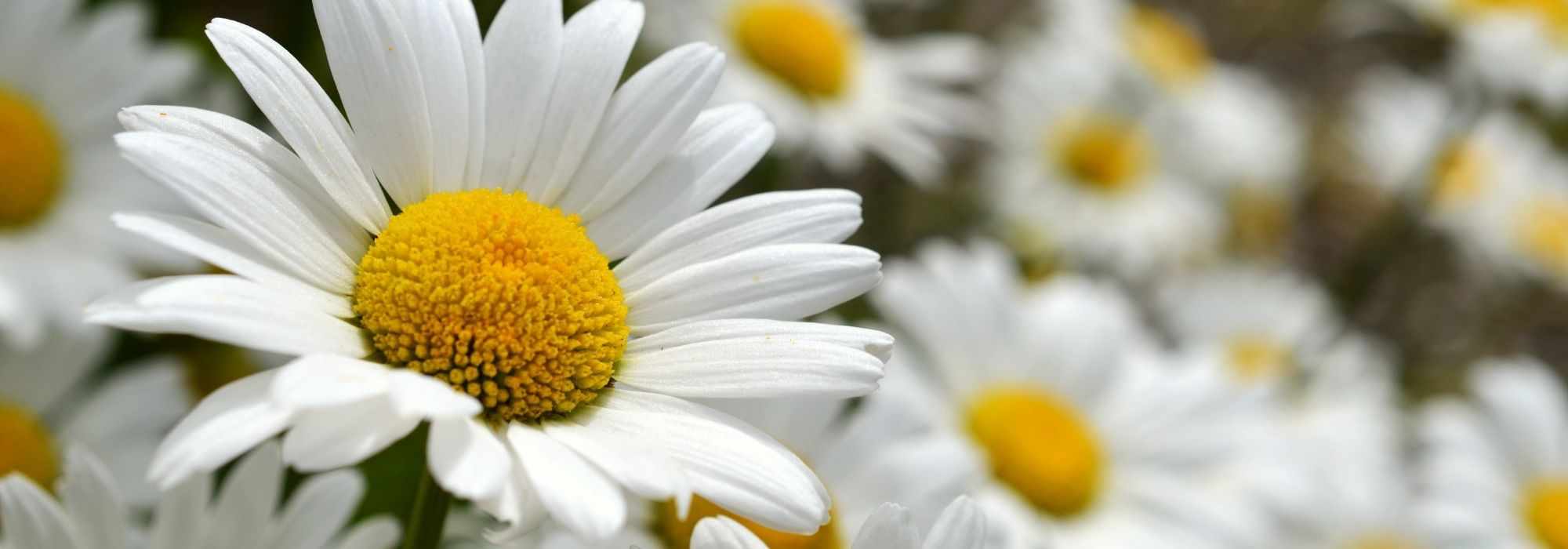
Growing Leucanthemum in pots
Our tips for successfully growing your container plants
Contents
The Leucanthemum, also known as oxeye daisy, is a low-maintenance perennial often planted in the ground. However, the large daisy can also be grown in pots. This way, you can enjoy its beautiful white flowers on your terrace or balcony throughout the summer! Additionally, for indoor use, its large daisy flower is excellent as a cut flower for creating rustic-style bouquets. Find our tips to learn everything about planting Leucanthemum in pots: choosing the variety, container, compost, techniques, and maintenance.
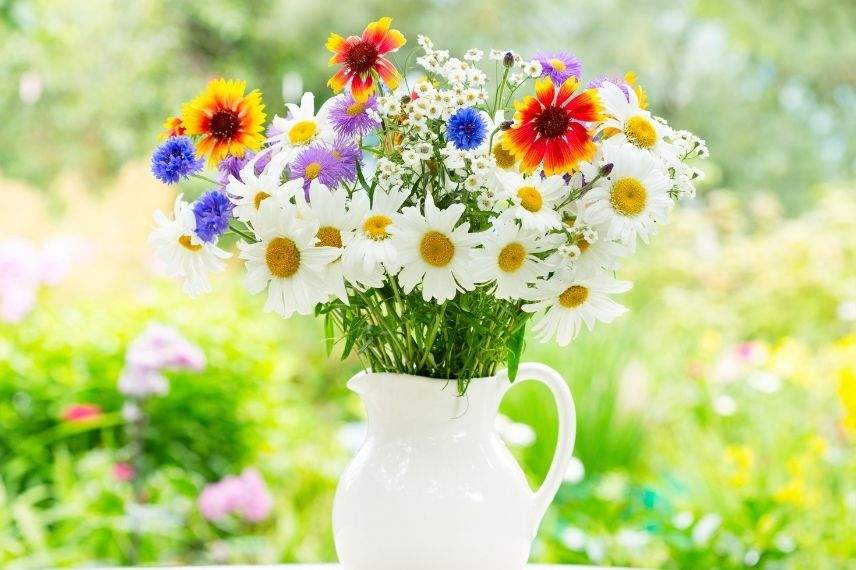
Which variety of leucanthemum to choose?
Among the leucanthemums offered in our range, the compact varieties are the most suitable for pot cultivation. Here are some of them classified by size:
- The highly floriferous Leucanthemum ‘Princesse d’Argent’ is a dwarf variety measuring 30 cm in all directions, showcasing its large white daisies of 7 cm from July to September.
- Of similar stature, the flower stems of Leucanthemum ‘Snow Lady’ have good wind resistance. The single flowers of this dwarf version of the large daisy can reach up to 6 cm in diameter.
- Modestly sized, the Leucanthemum ‘Kings Crown’ displays its frilly flowers from June to August and does not require staking.
- The Leucanthemum superbum ‘Freak’ forms a bush 30 cm high and 45 cm wide, well-suited for pot cultivation. Its shaggy white flowers appear from July to September.
- A bit taller (40 cm high and 50 cm wide), the Leucanthemum ‘Real Neat’ with its compact habit offers a very graphic white flowering from July to September.
- From June to September, the Leucanthemum superbum ‘Broadway Lights’ adorns itself with yellow flowers that lighten over time, culminating in a tricolour display at the peak of flowering: yellow, cream, and white. A very decorative perennial in pots on the terrace or balcony.
- The Leucanthemum ‘Victorian Secret’ features double flowers borne on long, sturdy stems from June to July, and again in September. This daisy forms a compact clump of 60 cm in all directions.
Even though these Leucanthemum are very hardy and can withstand temperatures below -15° C, keep in mind that their root ball in a pot will be less protected from the cold than a plant in the ground.
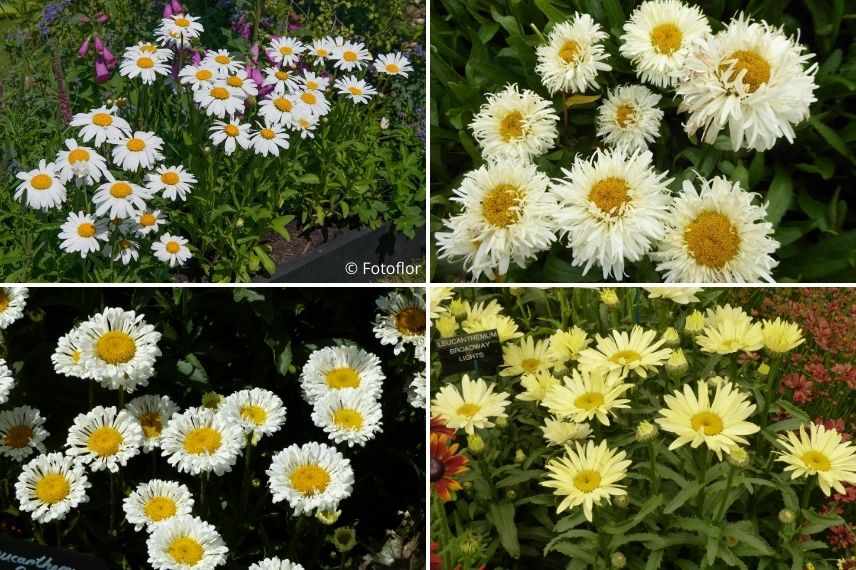
Leucanthemum ‘Princesse d’Argent’, Leucanthemum ‘Kings Crown’ (photo Guido), Leucanthemum ‘Real Neat’ and Leucanthemum ‘Broadway Lights’
What type of pot to choose?
Choose a large container of 50 cm in all dimensions and equipped with drainage holes in the bottom to allow water to escape and thus prevent the rotting of the root system. Prefer pots made from natural materials such as terracotta.

Terracotta pots are well suited for growing Leucanthemum
Discover other Leucanthemum - Marguerite
View all →Available in 2 sizes
Available in 2 sizes
Available in 1 sizes
Available in 2 sizes
Available in 1 sizes
Available in 1 sizes
Available in 1 sizes
Available in 1 sizes
Available in 1 sizes
Available in 1 sizes
What compost for pot-grown daisies?
To achieve abundant flowering, Leucanthemum thrives in rich, well-drained soils that remain cool in summer. Prepare your substrate by mixing good quality non-clay garden soil with potting compost for containers and pots in equal parts. You can substitute the compost with well-decomposed manure. Add ground horn which will slowly release the nutrients necessary for the growth and flowering of the daisy (follow the recommended doses by the manufacturer). If your soil is heavy, adding river sand will lighten it. Also, remember to drain the bottom of the pot by spreading a layer of clay balls or gravel.
How to grow daisies in pots?
When to Plant a Leucanthemum in a Pot?
Leucanthemum purchased in a pot can be planted almost all year round. Preferably do this in spring from April to May if you live in a region with harsh and humid winters or in autumn from September to October, avoiding periods of frost or extreme heat.
How to Plant Daisies in a Pot?
- Moisten the root ball of the Leucanthemum by immersing the plant with its pot in a bucket of water, basin, or similar.
- Let it soak for about ten minutes (no more air bubbles should rise to the surface).
- In the meantime, prepare a drainage layer at the bottom of the pot.
- Fill the container with your soil/compost mix.
- Create a hole in the centre of the substrate.
- Remove your daisy from its pot and plant it.
- Firmly gently press down and add more substrate if needed.
- Mulch and water.
What Exposure Does the Daisy in a Pot Need?
To bloom well, Leucanthemum requires a sunny exposure. However, it can tolerate partial shade in the hottest regions.

Spring and autumn are the best times to plant Leucanthemum in a pot
How to care for pot daisies?
How to water pot daisies?
Watering of Leucanthemum should be regular from early spring to late autumn, without excess. During summer, it is important to keep the substrate moist, especially in dry conditions. In winter, you can space out watering moderately (every 10 days). Indeed, too much moisture can have a detrimental effect on the roots of Leucanthemum.
Which fertiliser to choose for pot daisies?
A fertiliser application every 15 days from May to September is necessary to achieve beautiful flowering. Choose a liquid fertiliser specially formulated for flowering plants or geraniums to dilute in the watering water.
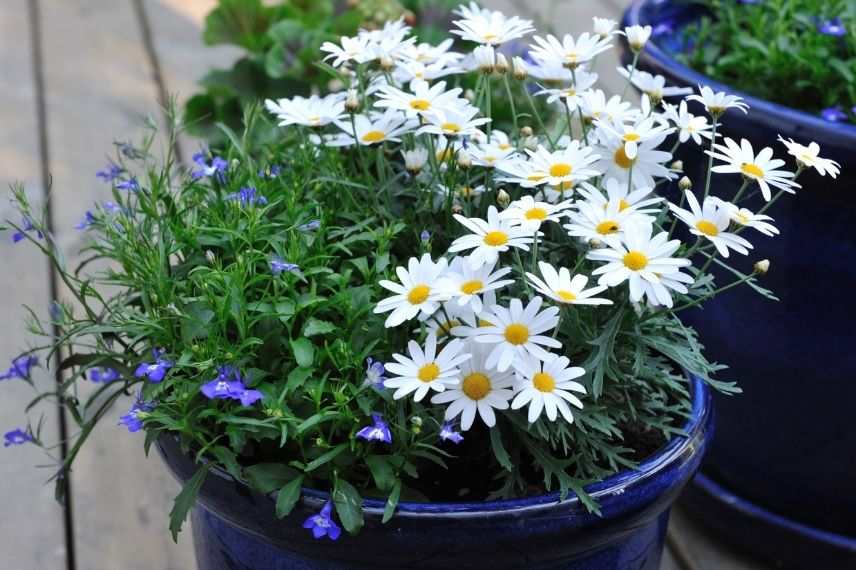
Regular fertiliser application promotes flowering of Leucanthemum in pot
When and how to prune a pot daisy?
To achieve longer flowering and maintain an attractive appearance, remove faded flowers throughout summer by cutting the stems close to the ground. This stimulates the appearance of new flower buds. In autumn, you can cut back the remaining dried flower stems. You may leave the dried foliage in place. At the end of winter/beginning of spring, you can tidy up your Leucanthemum clump by removing the dead foliage before new growth begins.
When should you divide and repot a Leucanthemum in a pot?
After a few years in a pot, Leucanthemum may feel cramped and flower less well. Every 4 years, you can divide and repot your daisy at the end of winter or the beginning of spring. Then, remove your plant from the pot and split the clump into 2-3 portions, each with healthy roots and leaves. Repot them immediately in rich soil or plant them directly in the garden.
How to winter a Leucanthemum in a pot?
If you are in a region south of the Loire, your pot can remain outdoors. However, in regions with harsh winters, it is better to winter your pot. If possible, before the onset of severe cold, place your pot in an unheated, bright location, such as a garage with windows or a conservatory. If you do not have enough space, move your Leucanthemum close to a wall for wind protection, add mulch, wrap the container with bubble wrap, and cover the foliage with a winter cover. You can also elevate the pot using small blocks or pieces of wood to prevent direct contact with the cold ground.
What are the potential diseases and pests of Leucanthemum?
Leucanthemum is very resilient and is rarely affected by diseases. However, aphids often attack its foliage. In this case, treat with regular sprays of a mixture of water and 5% black soap. Note that fern manure is an excellent slug and snail repellent. Finally, earwigs, although they also enjoy the foliage of daisies, are also beneficial insects in the garden.
For further reading
- Our explanations on bottom watering a plant
- Visit our sheet on overwintering potted plants to protect them from the cold
- Discover our sheets on slugs: 7 ways to fight effectively and naturally and aphids: identification and treatment, as well as the earwig, an overlooked ally for the garden
- Subscribe!
- Contents
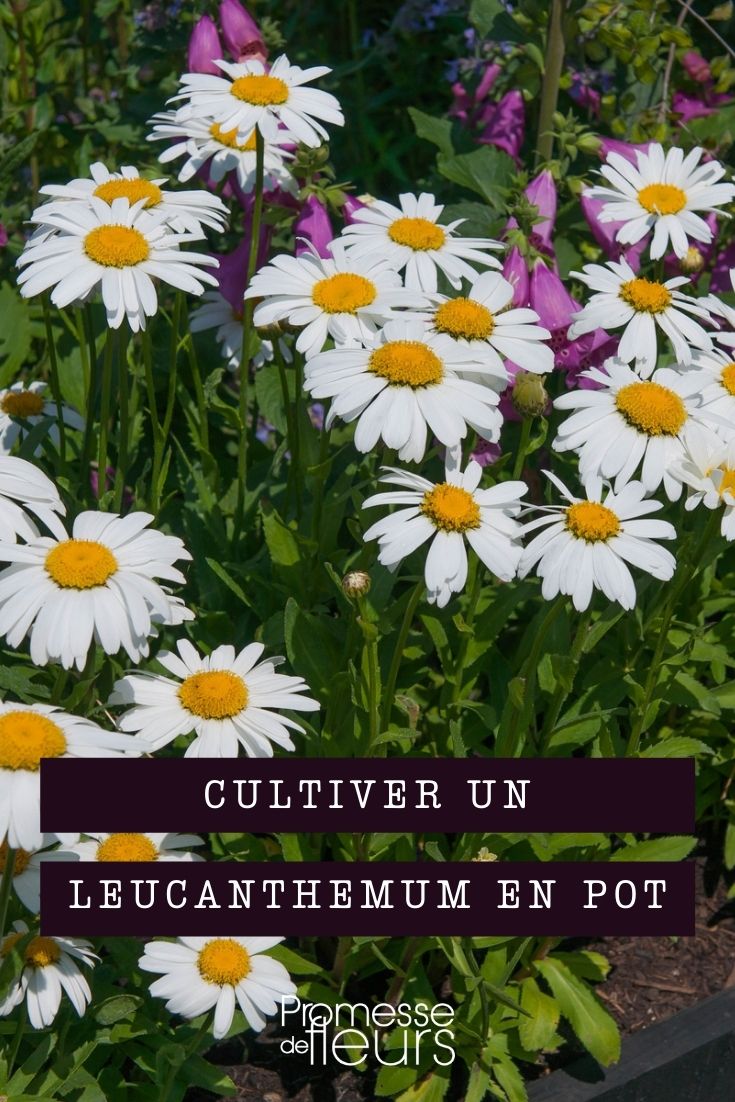































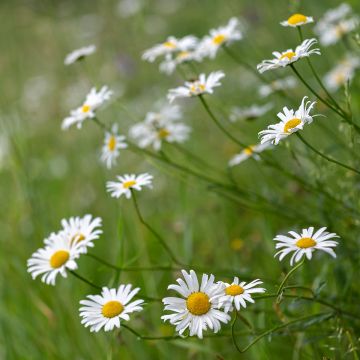
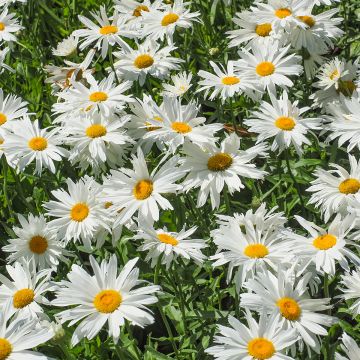


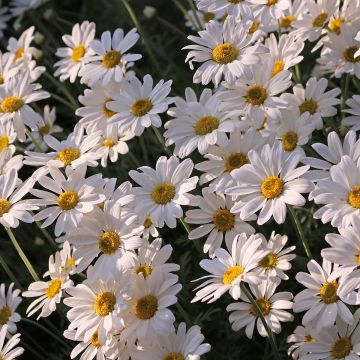

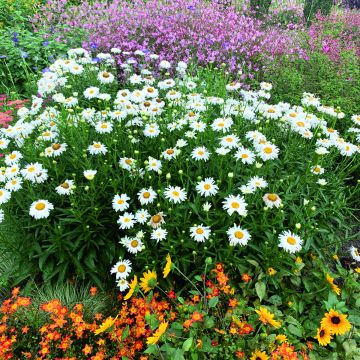
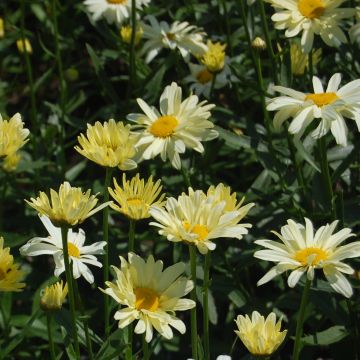
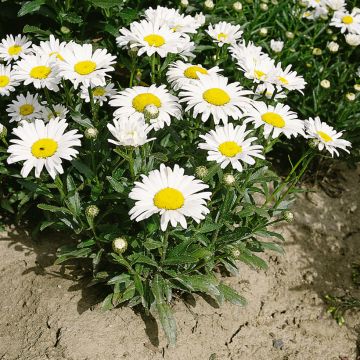
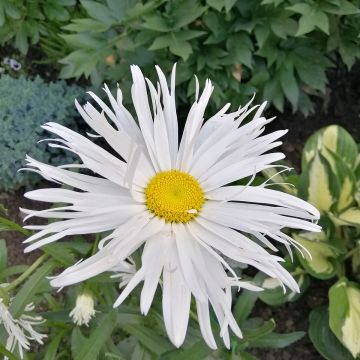
Comments